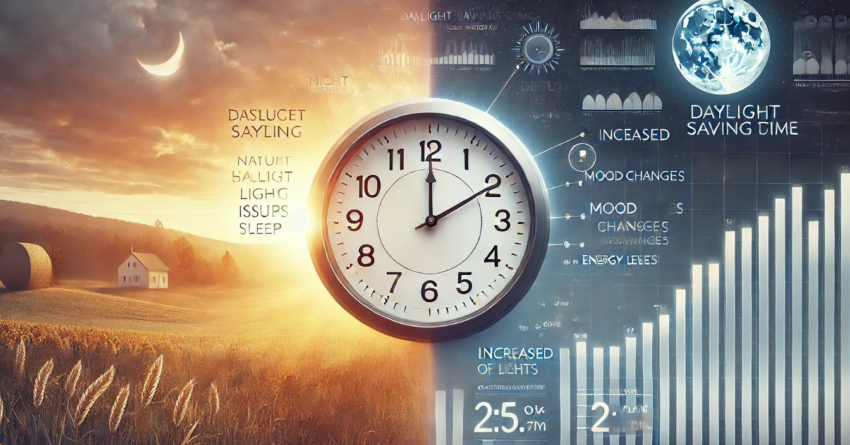The transition back to standard time brings mixed reactions. ABC News reports that this change is less taxing on the body compared to the spring shift. However, the adjustment can still disrupt sleep patterns and daily routines. The body’s internal clock, or circadian rhythm, adjusts to sunlight exposure. Morning light helps reset this rhythm, while evening darkness triggers melatonin, a hormone that induces drowsiness. The extra evening light from daylight saving time delays this process.
- Health and Sleep Impact: Although the fall shift back to standard time is easier on the body than the spring shift, it can still disrupt circadian rhythms, affecting sleep, heart rate, blood pressure, and metabolism.
- Expert Recommendations: Leading health organizations advocate for ending the biannual time switch, suggesting that standard time aligns more naturally with human biology and promotes healthier sleep patterns.
- Health Risks from Sleep Disruption: The time change can exacerbate sleep deprivation, which is already widespread and linked to serious health risks like heart disease, obesity, and cognitive decline.
- Legislative Debate: Proposals like the Sunshine Protection Act aim to make daylight saving time permanent, but experts argue for permanent standard time to align with natural sunlight cycles.
The American Medical Association and the American Academy of Sleep Medicine advocate for ending the biannual time switch. They argue that standard time aligns better with human biology and the sun’s natural cycle. Most countries, aside from Europe and North America, do not observe daylight saving time. In the U.S., Arizona and Hawaii remain on standard time year-round.
The circadian rhythm influences more than just sleep. It affects heart rate, blood pressure, stress hormones, and metabolism. Even a one-hour shift can disrupt sleep schedules, as work and school times remain unchanged. This poses a challenge because many people are already sleep-deprived. Approximately one in three U.S. adults and over half of U.S. teens do not get enough sleep on weeknights.
Sleep deprivation links to various health issues, including heart disease, cognitive decline, and obesity. To mitigate the impact of time changes, some people gradually adjust their bedtimes in the days leading up to the switch. Increased exposure to sunlight can help reset the circadian rhythm and promote healthier sleep patterns.
Lawmakers have occasionally proposed abolishing the time change. The most notable recent attempt, the Sunshine Protection Act, seeks to make daylight saving time permanent. Health experts, however, argue that sticking to standard time would be more beneficial. The debate continues as people weigh the pros and cons of this twice-yearly ritual.
In conclusion, while the end of daylight saving time brings an extra hour of sleep, it also presents challenges. Understanding the effects on the body and adopting strategies to ease the transition can help minimize its impact. As discussions about the future of time changes persist, individuals can take proactive steps to maintain their health and well-being.

